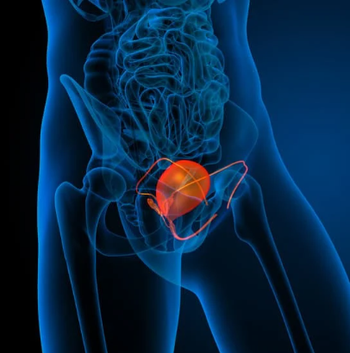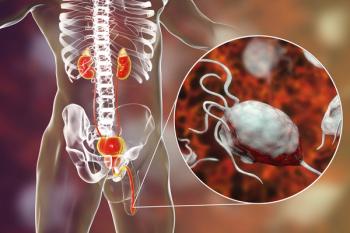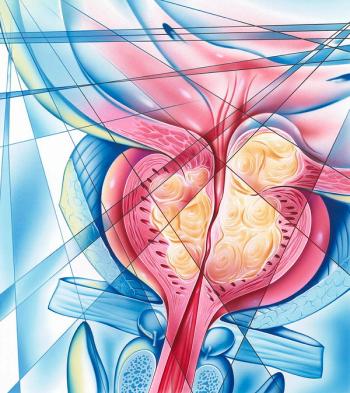
Oncology NEWS International
- Oncology NEWS International Vol 4 No 11
- Volume 4
- Issue 11
African-Americans Are Target of Prostate Ca Education Efforts
NEW YORK-Citing the dispro-portionally high incidence and mortality of prostate cancer among African-American men, Marc B. Garnick, MD, associate clinical professor of medicine, Harvard Medical School, singled out this segment of the population as the target for intensive efforts to raise awareness.
NEW YORK-Citing the dispro-portionally high incidence and mortalityof prostate cancer among African-American men, Marc B. Garnick,MD, associate clinical professor of medicine, Harvard MedicalSchool, singled out this segment of the population as the targetfor intensive efforts to raise awareness.
The latest statistics from the American Cancer Society put theincidence among African-Americans at 61% greater than that ofCaucasian men. The 5-year survival rates are lower, 65% comparedwith 78% for Caucasians. At 43.9 deaths per 100,000, mortalityis twice that of Caucasians.
The main reason for lower survival is suspected to be more advanceddisease at diagnosis. Reduced access to health care, for socioeconomicand possibly cultural reasons, may be responsible. As a result,African-Americans are less likely to have timely diagnoses andmore likely to receive suboptimal treatment.
Referring to the findings of a recent Louis Harris survey on awareness,attitudes, and relationships among prostate cancer patients (see"
He proposed that patient information materials be written in away that is nonexclusionary in terms of race, level of educationand income, and cultural background. He also urged the developmentof printed materials specifically addressed to this high-riskpopulation.
Citing a finding in the Harris survey that African-Americans werethree times
as likely as other patients to have unspoken concerns about theirdisease and treatment, Dr. Garnick said it was essential to addressthe tendency of African-American men to be less comfortable discussingpersonal and sexual issues with a doctor.
Suggestions ranged from efforts on the part of physicians to improvetheir communication and listening skills to adopting a team approach,employing the services of other medical and nonmedical professionals,and enlisting the aid of wives and other family members.
The Harris survey also identified four other groups as particularlylikely to have problems or needs that they are too uncomfortableto discuss: patients who have received no treatment, those whowere first diagnosed with stage C or D prostate cancer, individualsearning $25,000 or less annually, and those who have no more thana high school education. African-Americans represent a dispropor-tionallylarge segment within each of those groupings.
Dr. Garnick mentioned several studies showing that the highestlevel of awareness of prostate cancer and most active participationin treatment decisions are found among men in the highest educationaland economic strata.
In the Harris survey, 90% of patients who described themselvesas very active in the treatment process had annual incomes over$75,000, and 80% had some post-college education. "We simplymust do a better job reaching and communicating with men who donot fall within those groups," he said.
Articles in this issue
about 30 years ago
Managed Care Compels Evaluations of Cost Effectivenessabout 30 years ago
FDA Panel Recommends Approval of Breast Cancer Drugsabout 30 years ago
Total Outpatient Program Cuts Transplant Costabout 30 years ago
DNA Repair Enzyme Decreases Skin Cancer Incidence in Animalsabout 30 years ago
Notion of 'Global' Microbial Resistance May Be Oversimplifiedabout 30 years ago
Outpatient Oral Antibiotics Safe, Effectiveabout 30 years ago
Casodex Available for Advanced Prostate Cancerabout 30 years ago
Low-Dose Acyclovir Recommended for HSV Prophylaxis in Leukemic PatientsNewsletter
Stay up to date on recent advances in the multidisciplinary approach to cancer.


















































































